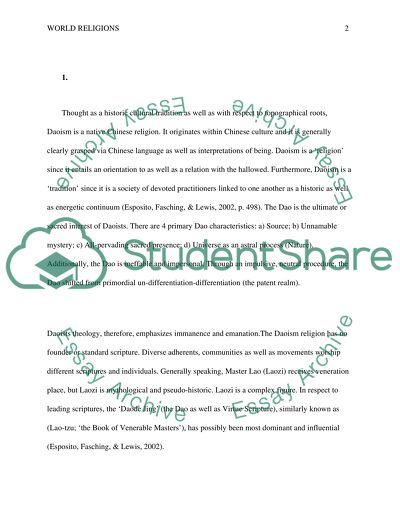Cite this document
(“World Religions Essay Example | Topics and Well Written Essays - 1750 words”, n.d.)
Retrieved from https://studentshare.org/religion-and-theology/1481144-world-religions
Retrieved from https://studentshare.org/religion-and-theology/1481144-world-religions
(World Religions Essay Example | Topics and Well Written Essays - 1750 Words)
https://studentshare.org/religion-and-theology/1481144-world-religions.
https://studentshare.org/religion-and-theology/1481144-world-religions.
“World Religions Essay Example | Topics and Well Written Essays - 1750 Words”, n.d. https://studentshare.org/religion-and-theology/1481144-world-religions.


